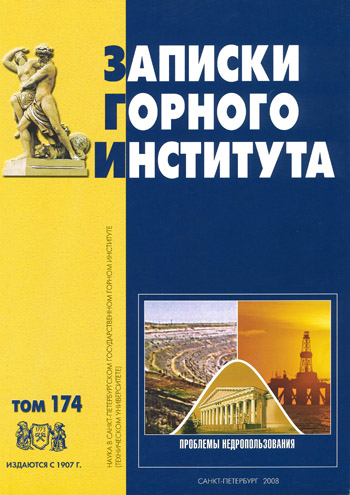Large scale investments in Russia’s infrastructure and natural resources sector
Authors:
About authors
- TU Bergakademie Freiberg
Abstract
Russia has a significant need for large-scale investment in infrastructure and natural resource extraction. It is generally accepted that these needs can only be met through foreign direct investment (FDI). Without an inflow of capital and know-how, Russia will miss chances to grow its entire economy and lose export revenues. This article pays special attention to the conditions for attracting large-scale FDI, which today is increasingly realized through the creation of project finance structures.
Область исследования:
(Archived) Economics and management
Similar articles
To the estimation of economic efficiency of innovations at mining enterprises on the basis of the developed mathematical model
2008 E. A. Nikolaenkova, V. A. Fedoseev
Technological solutions and substantiation of geomechanical parameters of open-underground method of coal deposits development
2008 V. V. Senkus
Wave principle of substantiation of the boundaries of hydrodynamic influence of geotechnical systems
2008 A. A. Lukin
